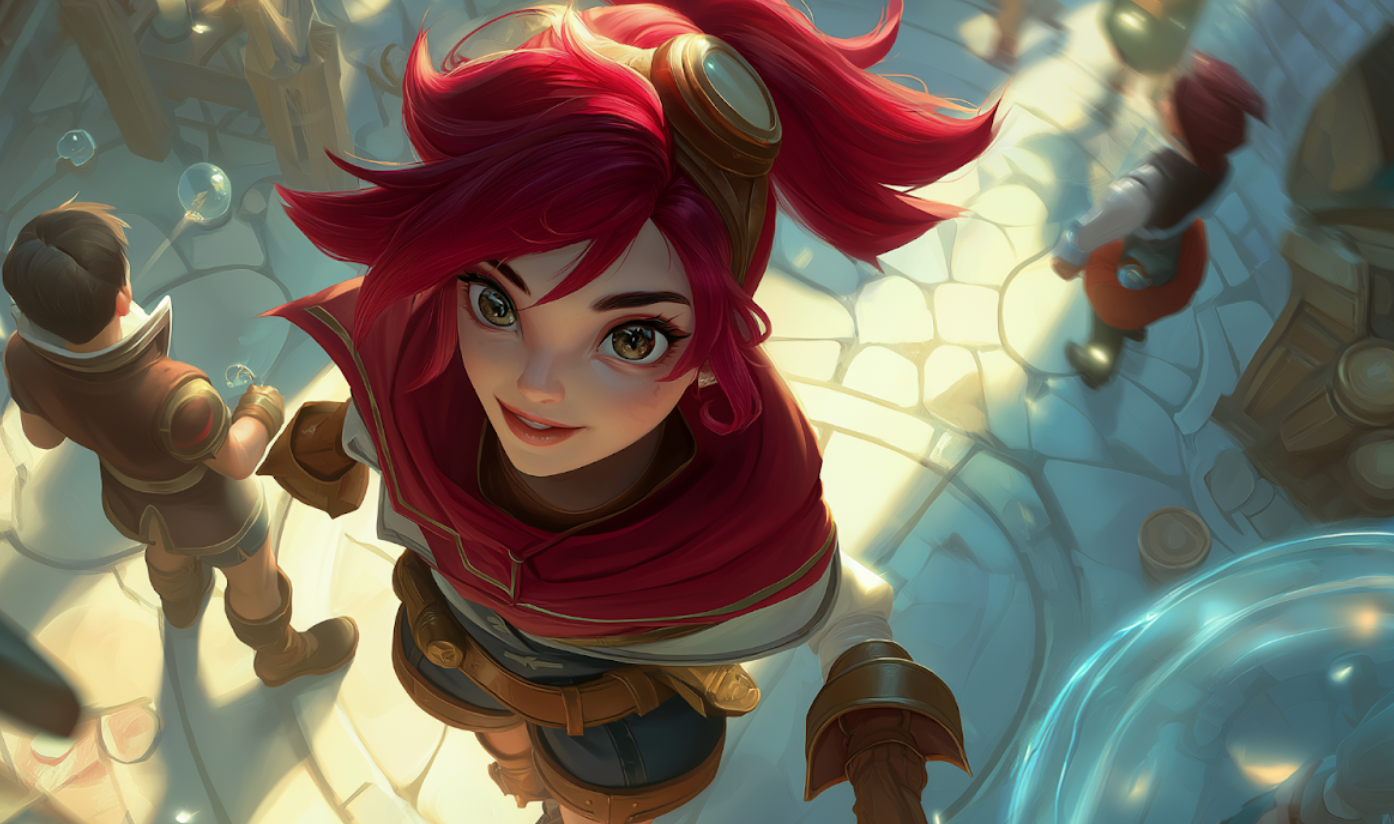Welcome! If you’ve ever smurfed in low elo, you know this pain. If you’re climbing out of it, you’ve probably felt it. And if you’re stuck in it, then you live it daily. Low elo in League of Legends isn’t just frustrating—it’s borderline infuriating. It’s like trying to play chess with five people, all of whom are playing checkers upside down.
So, let’s cut through the fake positivity and get to the honest truth. This is not just a rant. This is a brutally honest breakdown of why low elo can feel like hell—and how to navigate it like a challenger smurf who’s been there, done that, and found real solutions that actually work.
Whether you’re an aspiring Diamond player or someone hard-stuck Silver trying to make sense of the madness, this is for you. Let’s talk about what truly makes low elo unbearable in this best LoL Boost Guide—and how to rise above it with real insight, not sugar-coated advice.
The Low Elo Chaos – It’s Not Just You
If you’ve ever thought, “My teammates just don’t get it,” you’re absolutely right. The truth is that low elo players aren’t bad people or lazy—they’re just undisciplined and uninformed. That makes every match a coin flip unless you take full control.
Your ADC plays 50 feet behind tower with an enchanter support? Check. Your jungler starts dragon while a 2-wave crash is slamming into your tower mid? Absolutely. These are not exaggerations. These are daily low elo experiences, and they are why many players lose faith in their own ability to climb.
But here’s the first truth bomb: even challenger players can’t always 1v9. You can have a monstrous KDA and a godlike CS count, but if four Emerald players collapse on you while your team is AFK in the jungle, you’re going to die.
Selfishness is the Path to Teamplay
Here’s the paradox of low elo: being selfish makes you a better teammate. It sounds wrong, but it’s true. Challenger players are some of the most selfish people in the game—they want every camp, every wave, every kill. And guess what? That very selfishness forces pressure onto the map in ways that low elo players never understand.
Let’s use the airline oxygen mask analogy: put your own mask on first before helping others. In League terms, win your lane, farm efficiently, secure your items, and only then look to help your team. If you try to “help” without being strong first, you’re just adding more dead weight to a sinking ship.
Low elo players make the mistake of trying to put masks on others while forgetting to breathe themselves.
The Direct vs. Indirect Help Mistake
One of the biggest low elo misconceptions is thinking that helping your team means always being next to them. That’s called direct help—showing up to every fight, warding for someone, following them everywhere.
But here’s what better players do instead: indirect help.
Indirect help means making decisions that improve your team’s situation without ever being on their screen:
- Taking Void Grubs to grant turret damage across the map.
- Proxying waves to draw jungle attention and create pressure.
- Pushing lanes to force enemy mid to stay, freeing up your team.
This creates freedom and space for your team to perform better—without depending on them to make those calls themselves.
Low Elo Players Default to Direct Help—and It Backfires
A good example? You’re soloing dragon. Suddenly your support runs into vision to “help” you, giving away the objective and letting the enemy collapse. Or maybe you’re pushing top, dominating your lane, and three teammates come to “group” with you, causing the enemy to rotate too—and now your power is nullified.
This is how strong players become weaker in low elo. By surrounding themselves with uncoordinated teammates, the average team power equalizes, and suddenly your advantage is gone.
It’s not about ignoring your team. It’s about understanding when your presence elsewhere is more impactful than being next to your allies.
The Problem of Number Allocation
League of Legends is a game of numbers, and number allocation is a skill low elo players don’t even know exists.
When you send five players mid, guess what the enemy does? They send five too. No one gains an advantage because it’s even strength. Now imagine instead:
- You push top.
- Your jungler takes camps.
- Your ADC is bottom.
- Two people hover mid.
Suddenly, the enemy is forced to split too. That division of resources makes room for misplays, towers taken, or flanks. The more you spread pressure, the more you pull the enemy apart.
But if four players group around you? You become less impactful because your individual strength is diluted into a shared, unfocused effort.
Low Elo Players Stack for No Reason
This is the most frustrating pattern in low elo: stacking multiple players on a single task. Taking dragon? Four people stand there, waiting. Pushing top? All three carries go. Meanwhile, gold and XP are dying in mid and bottom for no reason.
Worse still—this over-commitment leads to inactivity. The enemy team responds with a small rotation, and now all four of you are standing around waiting for a fight that never happens.
Better play? One player solos dragon. One holds top. One hovers mid. One roams to ward. The map stays pressured.
Being smart with how many bodies are where at a given time wins games. Low elo players don’t learn this, which is why the game feels unwinnable unless you compensate for them.
Rage Splitting is Underrated (When You’re Weak)
Here’s a secret tip: if you’re weak, rage splitting might be the best thing you can do. Everyone tells you to group. Everyone says “stick with the team.” But what if you’re the 0/5 Yasuo? You do nothing in a teamfight. Worse, you feed.
Instead, split push. Draw attention. Force rotations. Take towers if ignored. Even if you’re not getting kills, you’re pulling pressure, which frees up your fed teammates.
Your goal when behind is to not be a burden and apply pressure elsewhere. You don’t need to win 1v1s—you just need to show up in lane and force decisions from the enemy. That alone is valuable.
Understand When to Leave Your Team
There’s a crucial moment in every game where you need to break away. Maybe you helped take mid tower. Now what? Don’t just hover mid aimlessly.
Ask yourself:
- Who needs to stay?
- Who has the strongest pressure right now?
- Who’s low on HP/mana?
- Who just bought items?
The freshest player—full HP, full mana, just shopped—should stay and push. The others should rotate and create new pressure elsewhere.
But low elo players just sit there, unsure who should leave, and suddenly five people are sharing one wave.
Don’t be one of them. Be decisive. Take responsibility. Leave or stay based on pressure—not comfort.
Fix Your Teammates Without Speaking
You won’t get cooperation in low elo. That’s just the truth. So what do you do? Fix their mistakes with your actions, not your chat box.
Example:
- Three teammates chase a kill top? Push mid.
- Support follows you as ADC? Ping them off and farm safe.
- Your jungler overcommits to dragon? Solo push tower elsewhere.
Low elo isn’t about teaching your team. It’s about compensating for them silently, while maintaining your own pressure and discipline.
It’s not fair, but it’s effective.
The AFK Mentality is Real—So You Must Always Create Action
A subtle but deadly enemy in low elo is the AFK mindset. Not literally, but mentally. Teammates who:
- Stop pressuring when objectives are taken.
- Stand in lane after a failed fight.
- Roam for no reason with no impact.
If you’re not constantly creating or reacting to map pressure, you’re bleeding time, XP, and control. Your job is to be the pulse of the match. Keep it moving.
Whether that’s a split push, deep warding, roaming, or stealing jungle camps—never stop applying pressure.
Your Power Must Be Used Alone to Matter
Here’s the uncomfortable truth: if you’re strong, grouping with your team can make you weaker.
Because they’re often weak. They water down your impact. The solution? Push a side lane. Force two enemies to stop you. Then let your team 4v3. That’s impact.
Or take jungle camps while they group. You’ll maintain your lead while still being ready to rotate with TP or ult.
Be selfish. Let your power stretch across the map. That’s what challenger players do, even if they don’t say it out loud.
Final Thoughts – Learn to Play Low Elo Like a Pro
You’re not crazy for hating low elo. It’s wild, it’s uncoordinated, and it’s full of players trying their best but with no map sense. But here’s what separates climbers from complainers:
Climbers adapt. They learn how to manipulate the chaos. They know when to help, when to leave, when to pressure, and most importantly—when to stop following the low elo herd. In this LoL Boost Guide you can see it all.
Let’s summarize the mindset:
- Selfish pressure creates team success.
- Indirect help is often more effective than direct.
- Don’t overcrowd tasks. Maximize map presence.
- Trust teammates by giving them space—not your screen.
- Fix team mistakes silently, not with pings.
Low ELO doesn’t have to be a curse. It can be your training ground, your advantage, and your stepping stone—if you learn to see the game the way high elo players do.
Take this mindset. Play your next game. And start climbing—not in spite of low elo, but because you understand how to master it.

